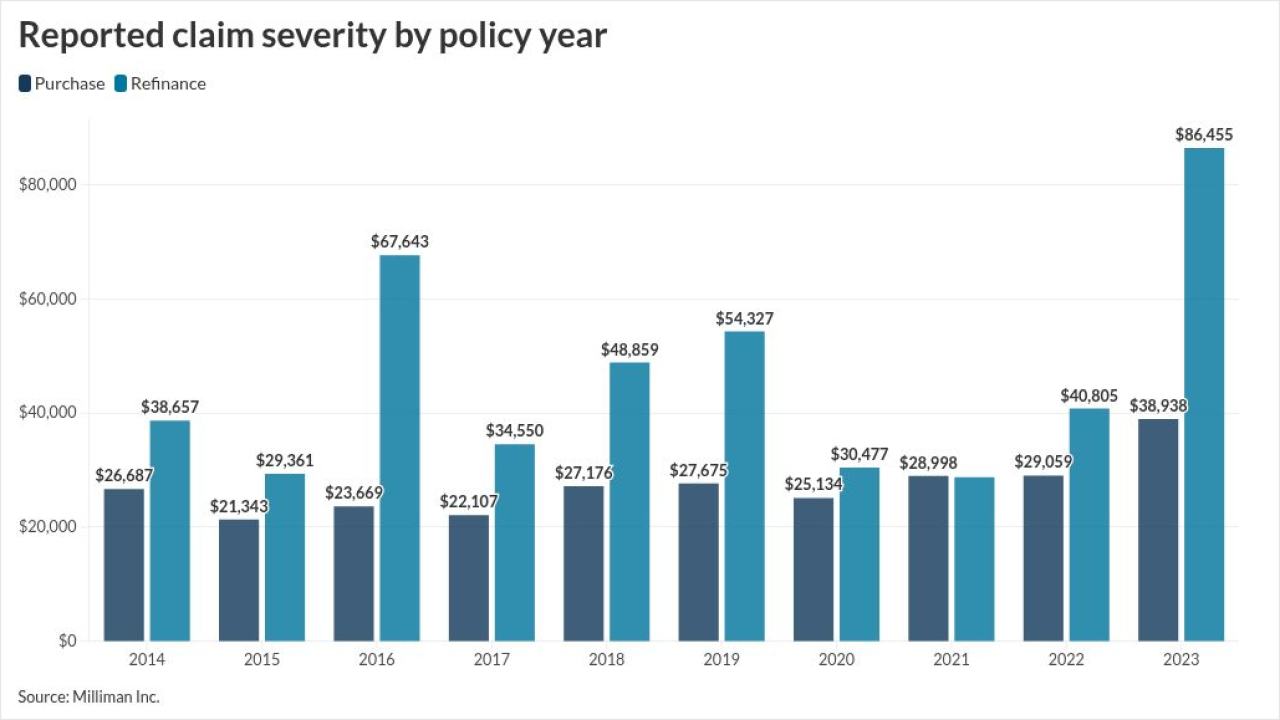
For several years now, cloud computing has been top of mind for insurance carrier executives. It continues to be the buzzword du jour. Its use in production environments, however, is still nascent. Nonetheless, successful implementation requires a healthy market of vendor solutions that carriers can leverage and to that end, vendors are responding.
According to Celent, which has released a new report titled “Life in the Cloud: Vendor Plans and Priorities,” queried 41 vendors to get a better understanding of vendors’ position on cloud computing, their pricing models, platform investments, and their expectations of where the market is going. The survey found that more than 50 percent of vendors see the cloud as mission-critical to their organization today.
Even those vendors with other priorities today recognize the importance of cloud as a key initiative for the future: almost 75 percent believe it will be mission-critical in the future, according to Celent. Cloud enabled solutions are on the rise, with more than 80 percent of responding vendors reporting that they have cloud-enabled core systems, the survey found. More than 75 percent have enabled data and reporting solutions, and almost 60% report cloud-enabling document and workflow solutions.
"The massive carrier interest in the cloud has created tremendous opportunities for vendors, but has also created unmistakable challenges for vendors entering this market," Karlyn Carnahan, a research director with Celent's Insurance practice and author of the report, said in a prepared statement. "Vendors looking to win in the cloud market will need to address carrier concerns while managing the operational and cultural challenges inside their own organizations. Those who have not yet put their cloud plans together may want to begin to build a roadmap for the future."
Vendors are offering different types of cloud—which of course can have many different definitions. In the study, Celent provided these definitions:
- Hosted Option: a software licensing and delivery model in which software is licensed by the carrier and is hosted by the vendor.
- True Software as a Service: a software licensing and delivery model in which a single installation (not just a single code version) of software is shared by multiple companies. It is licensed on a subscription basis and is centrally hosted on the cloud. (Think Google Gmail, Go To Meeting, or Salesforce.)
- Infrastructure as a Service: providers of IaaS offer computers—physical or virtual machines—and other resources. The end user controls operating systems, storage, and application deployment but does not manage or control the rest of the infrastructure.
According to the study, a hosted option is the most common cloud offering; 64 percent of the respondents offer a hosted option and say they are getting significant value from that offering. Forty-one percent state that they are getting significant value from a true software as a service option. Fewer than 20 percent of the respondents say they are getting significant value from Infrastructure as a Service. Most vendors have no plans to offer IaaS, Celent says.
According to Celent, vendors do face challenges in providing cloud solutions. Challenges fall into three categories: customer-facing issues; the impact on the business model; and organizational changes and cultural issues inherent in cloud. Sixty percent of the respodents say they are extremely or very concerned with identifying the right pricing model while about 45 percent say they are extremely or very concerned about how to manage the release cycle across multiple clients. Shifting to a cloud model has a variety of impacts on the overall business model, and about 46 percent say they are extremely or very concerned with managing the ongoing operational costs of running the service.





